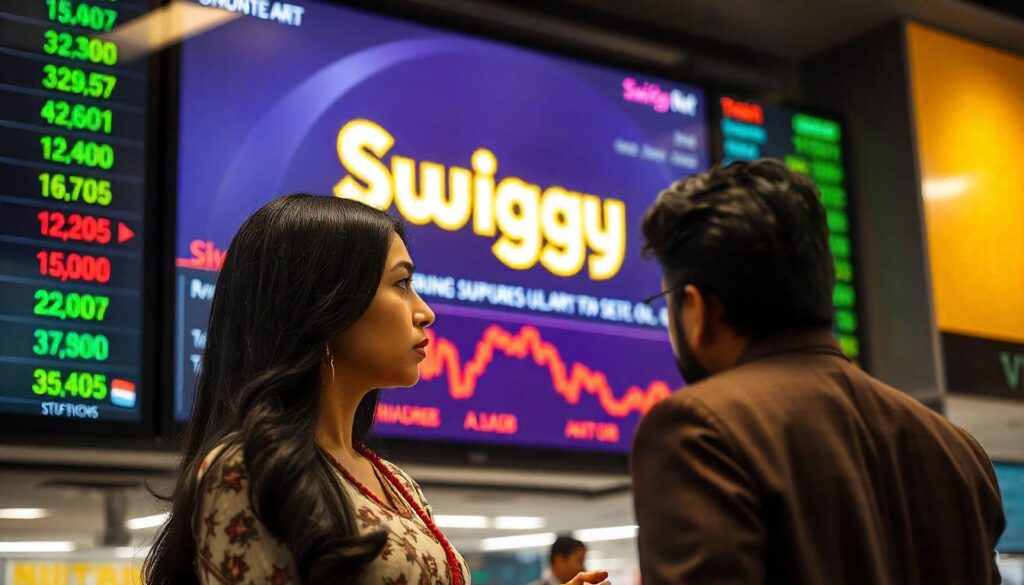
The Indian food delivery industry is facing tough times. Zomato, one of the leading players, recently reported a massive 57% drop in its Q3 profits. This unexpected fall has not only shaken investor confidence in Zomato but has also impacted its biggest competitor, Swiggy, whose shares dropped by 10% and are now close to their listing price.
What Led to Zomato’s Profit Decline?
Zomato’s Q3 profits for FY2025 fell to just ₹59 crore, a steep decline compared to ₹138 crore last year. The main reason behind this drop is the company’s heavy investment in its quick commerce platform, Blinkit. Blinkit has helped boost Zomato’s revenue by 64% to ₹5,405 crore, but it’s also consuming a significant amount of resources.
Blinkit’s losses widened to ₹103 crore this quarter from ₹89 crore a year ago as Zomato continued to expand its operations. While the company’s core food delivery business grew by 22%, the rising costs tied to Blinkit’s growth overshadowed these gains. This left investors concerned, leading to a 3.6% drop in Zomato’s share price.

How Did This Affect Swiggy?
Swiggy wasn’t immune to the ripple effects of Zomato’s financial troubles. After Zomato’s results were announced, Swiggy’s shares fell by 10%, reflecting fears about the financial health of the sector. Swiggy has also been dealing with its own set of challenges.
Although Swiggy’s revenue grew by 34.8% in Q1 FY2025, its losses widened to a substantial ₹611 crore. A significant part of these losses can be linked to Instamart, Swiggy’s quick commerce platform. Instamart is competing head-to-head with Zomato’s Blinkit and other players like Zepto, adding to the financial strain.
The Bigger Picture of Quick Commerce
The quick commerce market in India, which focuses on delivering groceries and essentials at lightning speed, has turned into a competitive battlefield. Companies like Zomato, Swiggy, and Zepto are fighting hard to capture market share with discounts, promotional offers, and rapid network expansion. However, these aggressive strategies come with hefty costs.
For Zomato, Blinkit has been a mixed bag. While it has driven impressive revenue growth, the high expenses associated with scaling up have taken a toll on profits. Swiggy faces similar issues, struggling to balance its growth ambitions with financial stability.
What Lies Ahead?
Investors are treading cautiously. Both Zomato and Swiggy need to find ways to cut costs and improve efficiency to stay competitive. Industry experts believe that the long-term success of the quick commerce sector will depend on sustainable growth strategies.
While the market holds enormous potential, fueled by the growing demand for convenience, the current financial strain is a reminder that rapid growth comes with risks. If companies cannot find a sustainable path forward, these challenges could continue to weigh heavily on their performance.
Conclusion
The decline in Swiggy’s shares following Zomato’s profit slump underscores the interconnectedness of the Indian food delivery industry. Both companies face immense pressure to grow while managing costs. The coming months will be critical in determining whether they can find a balance between expansion and profitability without jeopardizing their financial health.
stay here for more updates :- marketdarpan.com


